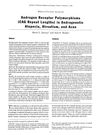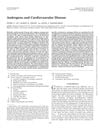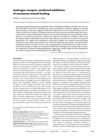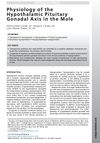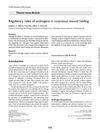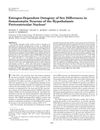Polymorphisms in Androgen and Estrogen Receptor Genes: Effects on Male Aging
October 2004
in “
Experimental Gerontology
”
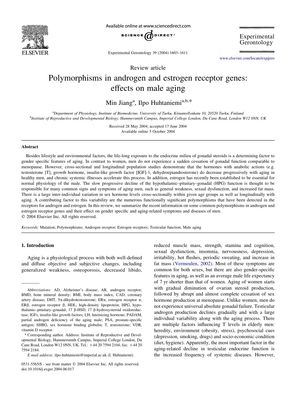
TLDR Changes in testosterone and estrogen receptor genes can affect how men age, influencing body fat, hair patterns, and possibly leading to skin disorders.
The 2004 study by Min Jiang and Ilpo Huhtaniemi investigated the impact of polymorphisms in androgen and estrogen receptor genes on male aging. They found that lifelong exposure to gonadal steroids, such as testosterone and estrogen, significantly influences the aging process in men. The study also found a large inter-individual variation in sex hormone levels within given age groups and with aging, attributed to numerous functionally significant polymorphisms detected in the receptors for androgen and estrogen. These polymorphisms can affect gender-specific and aging-related symptoms and diseases in men. The number of androgen receptor (AR) CAG repeats was found to be inversely correlated with the transcriptional activity of androgen target genes, potentially influencing androgen effects on body fat content and serum concentrations of leptin and insulin. The CAG repeat length likely affects the male hair pattern, with shorter CAG repeat lengths possibly associated with the development of androgen-mediated skin disorders, including androgenic alopecia. The study concluded that more data on effects of the polymorphisms from a variety of genetically different populations is needed.
